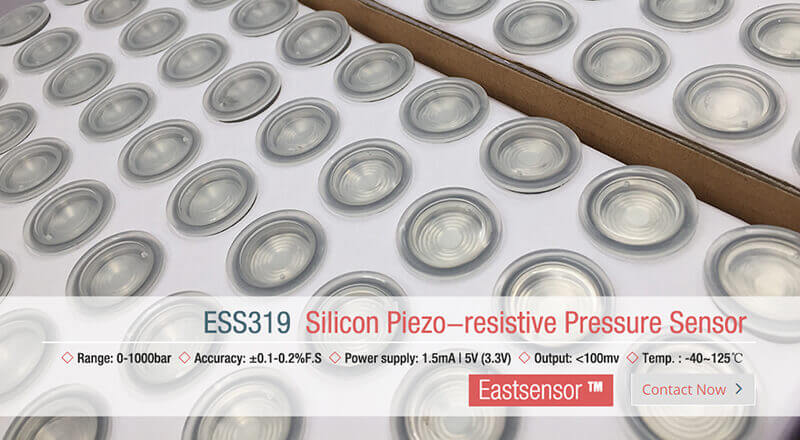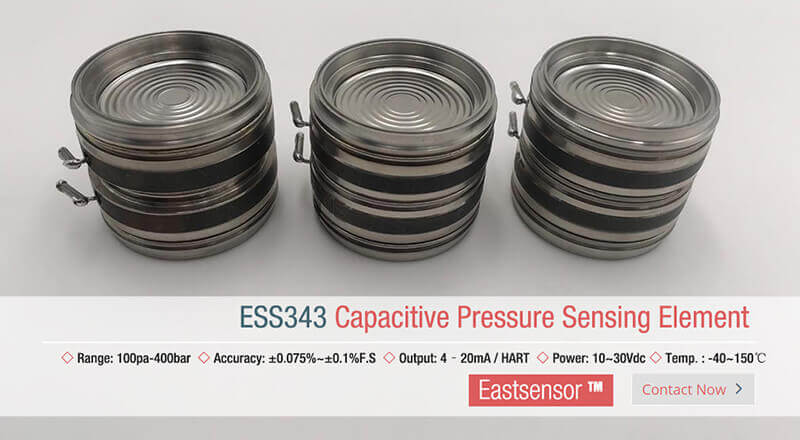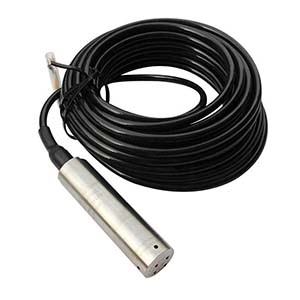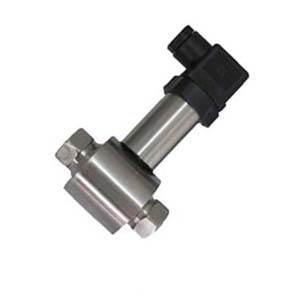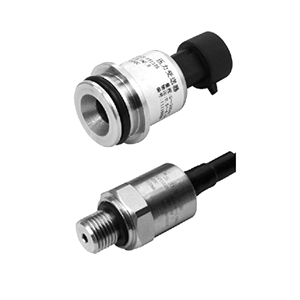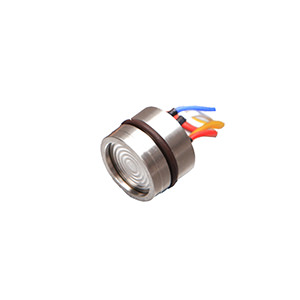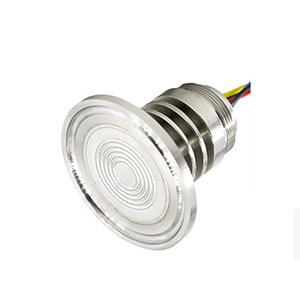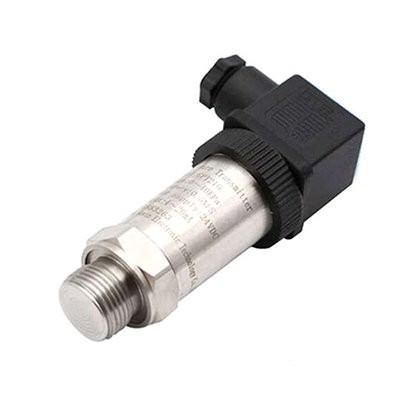Introduction to Pressure Measurements and Temperature Effects
The significance of precise pressure measurements
I understand that accurate pressure measurement plays a vital role in various industrial applications. This could include anything from simple tasks like monitoring atmospheric pressure to more complex operations such as the hydraulic pressure in an industrial plant.
To put this into perspective, in the oil and gas industry, pressure measurements are crucial to ensure safe and efficient operations.
For instance, the pressure must be maintained within a narrow range in a typical oil refinery, often within ±1% of a set value. This degree of precision is necessary to prevent equipment damage, avoid hazardous situations, and ensure product quality. Any errors in these measurements could lead to serious consequences, including potential loss of life, financial loss, and environmental harm.
As another example, the pressure inside a commercial airliner is kept at about 75 kPa (equivalent to an altitude of 2,400 meters or 8,000 feet), despite flying at 10,000 meters or more. A deviation of just ±5 kPa can cause discomfort, and a larger deviation could lead to serious health complications for passengers and crew.
Temperature as a common source of measurement errors
Like any other electronic device, pressure sensors can be susceptible to temperature changes. This is because the physical properties of materials used in these sensors, such as resistance, capacitance, and elasticity, change with temperature.
For instance, an increase in temperature can cause the internal components of the sensor to expand, affecting the sensor’s output and leading to inaccurate readings.
Taking an example, consider a piezoresistive pressure sensor, which is widely used in the industry due to its high accuracy and reliability. The sensor’s sensitivity can change by as much as 0.15% per degree Celsius of temperature change. Therefore, if there’s a temperature variation of 10 degrees Celsius in the environment where the sensor is operating, the reading could potentially be off by 1.5%.
Another example can be a capacitive pressure sensor, where the temperature coefficient of the dielectric constant can cause a measurement error of about 0.2% per degree Celsius.
To maintain accuracy, it’s necessary to understand and account for these temperature effects. This is usually done using temperature compensation techniques, which involve adjusting the sensor’s output based on the measured temperature.
Understanding the Science Behind Temperature’s Impact on Pressure Measurements
Pressure, temperature, and volume relationship
The relationship between pressure, temperature, and volume is a fundamental concept in physics and engineering, and it’s crucial for understanding how temperature can impact pressure measurements.
If we consider a sealed container filled with gas, three main variables define its state: pressure (P), volume (V), and temperature (T). These variables are linked through what is known as Gay-Lussac’s Law, which states that the pressure of a gas is directly proportional to its temperature when the volume is kept constant. In other words, if the temperature increases, so does the pressure, and vice versa.

To quantify this, suppose we have a gas at an initial pressure (P1) and temperature (T1). If we change the temperature to T2, the final pressure (P2) can be calculated using the equation P1/T1 = P2/T2 (assuming the pressure and temperature are expressed in absolute units, such as Kelvin for temperature).
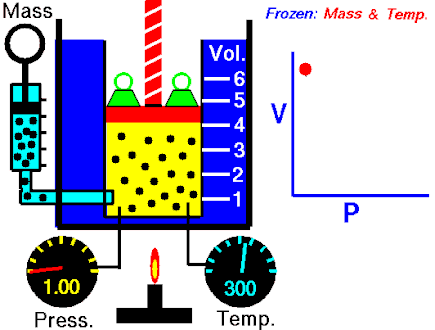
Source: https://en.wikipedia.org/wiki/Boyle%27s_law
So, if we have a gas at a pressure of 100 kPa and a temperature of 300K and we raise the temperature to 310K, the new pressure would be 103.3 kPa. This demonstrates how sensitive pressure is to changes in temperature, and why it’s so critical to consider temperature when making pressure measurements.
The ideal gas law and its Relevance
The Ideal Gas Law further codifies the relationship between pressure, volume, and temperature, a cornerstone of thermodynamics. The law is usually stated as PV=nRT, where P is the pressure, V is the volume, n is the number of moles of the gas, R is the gas constant, and T is the temperature.
The Ideal Gas Law helps us understand how changes in temperature will affect the pressure in a closed system. It’s essential for calibrating pressure measurement devices because it helps to predict how much the pressure reading will change due to temperature fluctuations.
As per the Ideal Gas Law, if we have an increase in temperature, and the volume and the number of gas moles stay constant, we’ll see an increase in pressure, and vice versa. This understanding is especially crucial in industries like petrochemical or automotive, where gas pressures and temperatures can vary widely.

Let’s take an example: suppose we have a fixed volume of gas (say, 1 m^3) at a constant temperature of 300K with an initial pressure of 100 kPa. If we increase the temperature to 310K, according to the ideal gas law, the final pressure would be approximately 103.3 kPa, the same result we found using Gay-Lussac’s Law.
Pressure Sensor Varieties and Temperature Susceptibility
Mechanical sensors: Bourdon tubes, diaphragm seals, and more
Mechanical pressure sensors measure pressure using mechanical elements such as Bourdon tubes, diaphragm seals, bellows, and piston sensors.
Bourdon tubes are curved tubes that straighten out as the pressure increases. They’re highly durable and can measure a wide range of pressures, but they are susceptible to temperature changes. If we consider a Bourdon tube made from stainless steel, a temperature change of 20 degrees Celsius might result in an error of approximately ±0.4% in the pressure reading.
Diaphragm seals, on the other hand, consist of a flexible diaphragm that deforms under pressure. This deformation is then mechanically translated into a pressure reading. The temperature influence on diaphragm seals is mainly due to changes in the elasticity of the diaphragm material with temperature.
For a typical diaphragm seal made from NBR (Nitrile Butadiene Rubber), a temperature change from 20°C to 60°C could result in a measurement error of about ±0.5%.
Electrical sensors: piezoresistive, capacitive sensors
Electrical pressure sensors measure pressure by converting mechanical deformation into electrical signals.
Piezoresistive sensors measure pressure through changes in the electrical resistance of a material (usually a semiconductor) under mechanical stress. As I’ve previously mentioned, the sensitivity of these sensors can change by as much as 0.15% per degree Celsius. Thus, a temperature variation of 10 degrees Celsius could potentially result in an error of 1.5% in the pressure reading.
Capacitive sensors, in contrast, measure pressure by detecting the change in capacitance due to the deformation of a diaphragm. The dielectric constant of the diaphragm material, a crucial factor for capacitive measurements, is also temperature dependent. For a typical capacitive sensor, a temperature change of 10 degrees Celsius could introduce an error of about 2% in the pressure reading.
In the face of these temperature susceptibilities, many modern sensors employ built-in temperature compensation techniques to minimize errors.
| Sensor Type | Description | Impact of Temperature | Estimated Error |
|---|---|---|---|
| Bourdon Tubes (Mechanical) | Curved tubes that straighten out with increased pressure. | Material expansion and contraction with temperature changes affect measurement accuracy. | ±0.4% error for a 20 degrees Celsius change |
| Diaphragm Seals (Mechanical) | Uses a flexible diaphragm that deforms under pressure. | Elasticity changes of the diaphragm material with temperature. | ±0.5% error for a 40 degrees Celsius change |
| Piezoresistive Sensors (Electrical) | Measures pressure through changes in electrical resistance under mechanical stress. | Sensitivity changes with temperature. | 1.5% error for a 10 degrees Celsius change |
| Capacitive Sensors (Electrical) | Measures pressure by detecting the change in capacitance due to diaphragm deformation. | Dielectric constant of diaphragm material changes with temperature. | 2% error for a 10 degrees Celsius change |
Navigating Common Temperature-Driven Errors in Pressure Measurements
As a mechanical and electrical engineer, I understand the ins and outs of pressure measurement systems and how temperature can cause errors in these systems. In this section, I will share my in-depth knowledge on common temperature-driven errors in pressure measurements and the best techniques to address them.
Recognizing Zero Shifts Caused by Temperature Fluctuations
Zero shift is a common issue that arises when the output of a pressure sensor varies due to changes in temperature, even if there is no change in the applied pressure. It occurs when the temperature coefficient of the sensor’s zero output varies with respect to the temperature. This can lead to inaccurate pressure measurements and potential errors in the system.
Temperature fluctuations can cause zero shifts in three ways:
- Material expansion: As temperature increases, the materials within the pressure sensor can expand, causing a shift in the sensor’s output.
- Temperature effects on electronics: The performance of electronic components within the sensor can be negatively impacted by temperature changes, causing an output shift.
- Temperature-induced strain: Temperature changes can cause strain on the sensor’s diaphragm, which can alter its output.
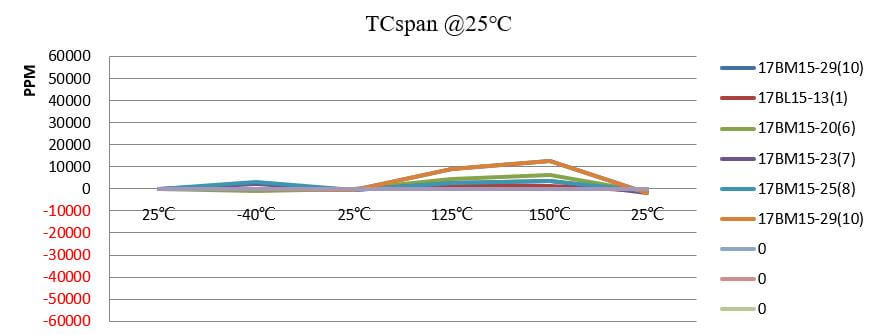
Consider using a temperature compensation mechanism to account for temperature changes and maintain accurate pressure measurements to combat zero shifts.
Grappling with the Challenges of Temperature Hysteresis
Temperature hysteresis** refers to the difference in sensor output at a specific pressure and temperature when the sensor has been exposed to temperature cycling. This can lead to non-repeatable pressure measurements and is a significant challenge in maintaining accurate pressure readings.
Two primary factors contribute to temperature hysteresis:
- Thermal expansion of materials: When a sensor is exposed to temperature fluctuations, the materials within it can expand and contract. This can cause a difference in the sensor’s output at the same pressure and temperature depending on the sensor’s exposure history.
- Elastic properties of materials: The elastic properties of materials within the sensor can change with temperature, causing variations in the response of the sensor’s diaphragm and altering its output.
Addressing the challenges of temperature hysteresis requires using pressure sensors with materials with lower temperature coefficients and better thermal stability. Additionally, proper calibration techniques and temperature compensation mechanisms can help maintain accurate pressure measurements.
Addressing Thermal Shock Errors in Pressure Sensors
Thermal shock occurs when a sensor is exposed to a rapid change in temperature, which can cause a dramatic change in its output. This is especially problematic when sensors are used in environments that experience rapid temperature changes, like aviation and automotive applications.
Thermal shock errors in pressure sensors can arise due to:
- Thermal stresses: Rapid temperature changes can cause thermal stresses on the diaphragm of the pressure sensor, altering its output.
- Mismatch of thermal expansion coefficients: Different materials within the sensor can have different thermal expansion coefficients, which can cause mechanical stresses and alter the sensor output during rapid temperature changes.
To address thermal shock errors, consider using sensors with materials that have better thermal stability and lower thermal coefficients. Also, proper system design, including heat sinks and thermal isolation, can help mitigate the effects of thermal shock on pressure sensors.
Comparative Table of Temperature Effects on Pressure Sensors
| Parameter | Unit | Typical Value | Model | Key Features of Model |
|---|---|---|---|---|
| Zero Shift due to Temperature Fluctuations | % FS/°C | 0.01-0.05 | Temperature-Compensated Pressure Sensor | - Built-in temperature compensation - Accurate over wide temperature range |
| Temperature Hysteresis | % FS | 0.05-0.15 | Low Temperature Coefficient Sensor | - Low-temperature coefficients - Stable response to temperature changes |
| Thermal Shock Error | % FS | 0.1-0.5 | High Thermal Stability Sensor | - Robust materials with minimal thermal expansion - Designed for rapid temperature change environments |
By understanding and addressing the challenges of temperature-driven errors in pressure measurements, we can ensure accurate, reliable, and repeatable results in various applications and environments. With proper sensor selection, system design, and temperature compensation, we can minimize the impact of temperature fluctuations and maintain the highest level of performance in our pressure measurement systems.
Mastering Techniques to Counter Temperature-Related Errors
As a mechanical and electrical engineer, I understand that it’s crucial to master the techniques that can help counter temperature-related errors in pressure measurement systems. In this section, I will share some proven strategies that can significantly enhance the performance of your pressure sensors in varying temperature conditions.
Selecting the Right Pressure Sensor for Specific Applications
When choosing a pressure sensor for specific applications, make sure to take into account the temperature range the sensor will likely face. To minimize temperature-related errors, consider the following factors when selecting a pressure sensor:
- 1. Temperature range: Choose a sensor that has a temperature range compatible with the application’s environment. If the sensor is expected to experience wide temperature fluctuations, opt for a sensor designed to withstand those changes.
- Thermal stability: Select a sensor with high thermal stability to minimize drift and hysteresis caused by temperature changes. Sensors with low thermal coefficients and stable elastic properties are more resistant to temperature-induced errors.
- Temperature compensation: Consider sensors with built-in temperature compensation features. This will help maintain measurement accuracy by adjusting the sensor’s output in response to temperature fluctuations.
Harnessing Temperature Compensation Methods
- Embedded temperature compensation: Some pressure sensors come with built-in temperature compensation mechanisms, such as digital signal processing or additional temperature measuring elements. This provides automated adjustments to the sensor’s output in response to temperature changes.
- External compensation: If your pressure sensor does not have built-in temperature compensation, you can use external techniques to adjust the sensor output. This may involve using additional temperature sensors and calibrating the pressure sensor output based on the temperature readings.
- Calibration at multiple temperatures: Calibrating the pressure sensor at multiple temperatures within its expected operating range can help ensure accurate measurements throughout the entire temperature range of the application.
Click to check the details: Pressure Sensor Temperature Compensation
Ensuring Proper Installation and Maintenance for Optimal Performance
To minimize temperature-related errors in pressure sensors, proper installation and maintenance are also essential.
For example than you need to install the sensor in a location that minimizes exposure to rapid temperature changes or extreme heat and cold. This could include using insulating materials or heat sinks to shield the sensor from temperature fluctuations.
On the other hand, regularly calibrating the sensor across its operating temperature range is also important, it can ensure measurement accuracy and helps monitor for any temperature-induced drift.
Also don’t forget to keep an eye on ambient temperature changes, it will allow you to make necessary adjustments in the sensor output if needed.

